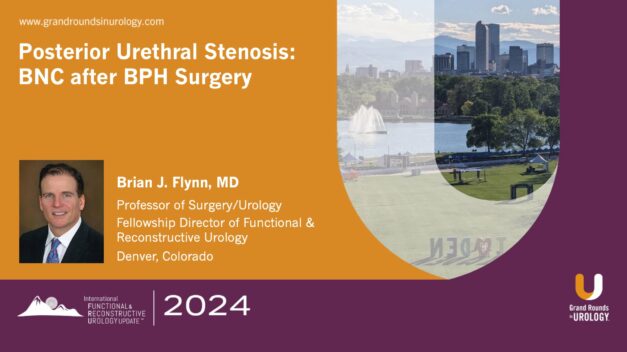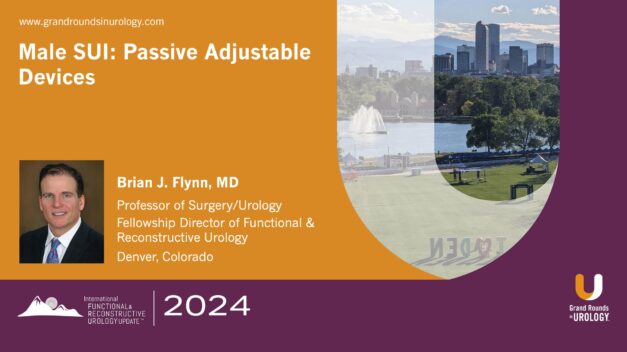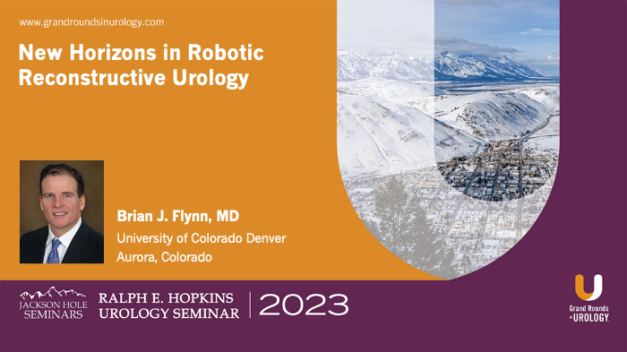FRU Discussion
Brian J. Flynn, MD, and Alan J. Wein, MD, PhD (Hon), FACS, discuss the evolution of functional urology.
In this 16-minute discussion, Dr. Wein emphasizes the holistic approach to functional urology, which encompasses all measures to restore normal bladder function, whether through medication, pelvic floor therapy, or surgery. Of note is his stance against dividing male and female urology, advocating for an integrated approach that addresses dysfunction across genders.
Dr. Wein and Dr. Flynn discuss the overlap between storage and voiding dysfunctions, like stress and urge incontinence, which often coexist. Dr. Wein shares insights on how treating one issue can sometimes alleviate the other, though the relationship remains unclear. He stresses the importance of a unified, simplified approach to diagnosis and treatment.
Other colleagues attending the discussion provided perspective and emphasized collaborative, team-based approaches to functional urology. A urogynecologist highlighted how gynecologists primarily manage female pelvic health and storage issues, while a pediatric urologist underscored the importance of standardized nomenclature and communication across specialties.
Read More




